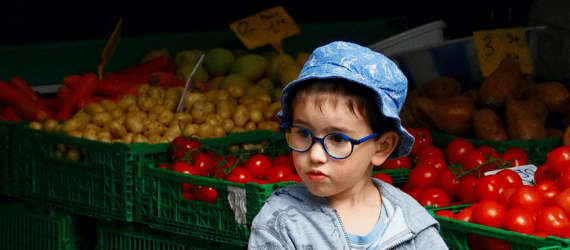Overview
From the earliest days of U.S. history, our country has welcomed people who are escaping persecution and poverty. People who make the decision to leave home and come to the United States, in recent years as in the past, generally have few other options. Factors beyond their control have made their circumstances too hungry and violent for them to remain.
These causes of migration are often called “push factors,” because many migrants from Central America are primarily being “pushed” to the United States by conditions at home, rather than “pulled” here by opportunities. The main push factors are hunger, violence, and extreme poverty.
Undocumented immigration is less about the United States and more about hunger, extreme poverty, and conflict in the three countries of Central America’s Northern Triangle—Guatemala, El Salvador, and Honduras. War and extreme poverty have created similar situations from Syria and Nigeria to Yemen and Myanmar. Forced migration is on the rise worldwide.



